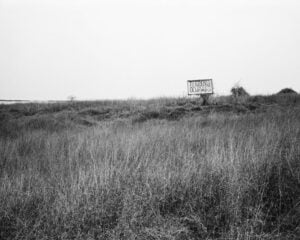Description
Five centuries of Portuguese rule came to an end on 11 November 1975 when Agostinho Neto, leader of MPLA, proclaimed the People’s Republic of Angola. But it also marked the beginning of Africa’s longest and most convoluted civil war. Divisions between the liberation movements, fuelled by Cold War politics and the interests of other African countries (notably South Africa), laid the foundations for the violent conflict that subsequently consumed Angola for nearly 30 years. It was only after the death of rebel UNITA leader, Jonas Savimbi, in February 2002 during a clash with the Angolan army, that military leaders on both sides agreed to a ceasefire, paving the way for a final political settlement and peace.
During the war an estimated 1.5 million people lost their lives; one in ten children under the age of fourteen lost one or both parents and 43 000 were separated from their families. In its wake four million people were displaced from their homes and nearly half a million others sought refuge in the neighbouring countires of Zambia, Namibia, Democratic Republic of Congo, Botswana, and even South Africa. The country’s infrastructure was all but destroyed as were eighty per cent of schools, in a country where half the current population is under 18 years of age. The widespread use of landmines also had devastating consequences that continue to be felt to this day. The United Nations High Commissioner for Refugees estimates that eighty million landmines were left scattered across the country and Angola has an amputee population of 70 000, 8 000 of whom are children.
Ironically, the civil war strengthened a sense of national identity and common purpose. But the challenges that face Angola now are profound. Most of its citizens have been resettled or re-integrated – although some 200 000 refugees still live outside the country and 62 000 remain internally displaced. But the majority are without land, adequate housing, water, health care, education or jobs. And although the country has now embarked upon the monumental task of reconstruction, it is one that despite Angola’s natural wealth and burgeoning economy is beset with problems.
I first read about Angola in Another Day of Life, Ryszard Kapuscinski’s book about events leading up to Angola’s independence. This was during the mid-eighties – some ten years after it was written. At the time, South Africa was experiencing a period of intense resistance and increasing mobilisation against the forces of the apartheid government, which was also engaged in the war in Angola. I was photographing in the townships around Cape Town – images that would form the material of a series of apocalyptic photomontages of urban wastelands, resettlement camps and dogs (titled Nadir). And amongst other books on landscape, dispossession and war, I was reading about Angola. Until then, in my imagination, Angola had been an abstract place. In the seventies and early eighties, it was simply ‘the border’, a secret, unspoken location where brothers and boyfriends were sent as part of their military service. And although tales about Russians and Cubans and the Cold War began to filter back – all of which conjured up a distinctly different image from the one portrayed by the South African state – it remained, for me, largely a place of myth.
Last year, I went to Luanda for the first time. Five years had passed since the war had ended. I entered the myth.


